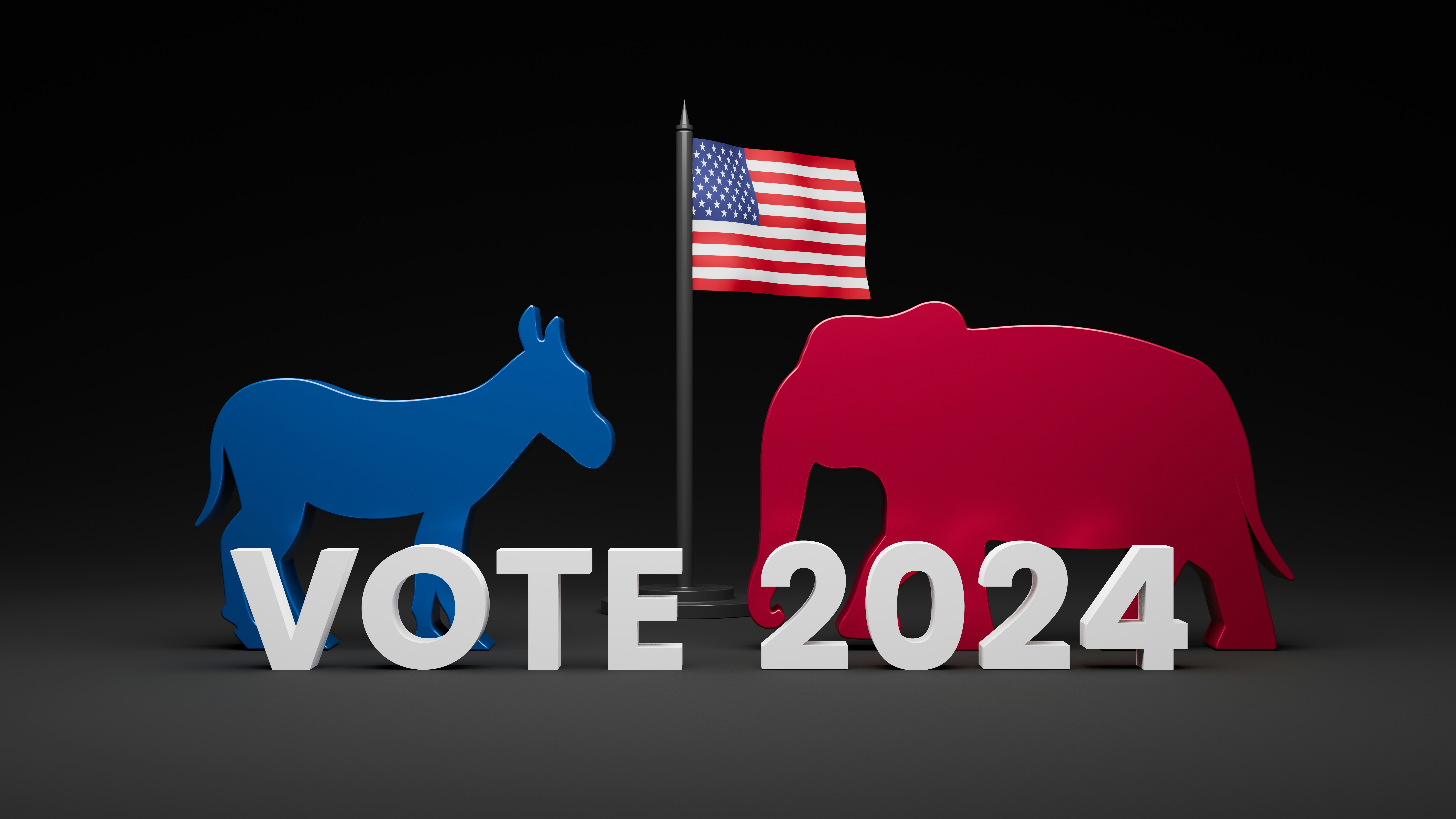Test- FTSE 100 Kicks Off August on a High as BP and Senior Lead Market Momentum
$11
10 Oct 2025, 13:13

Unsplash.com

Campaigning for the US Election is now in full swing ahead of polling day on November 4th. With recent fears of recession sparking market chaos and US citizens feeling the effects of inflation and high interest rates, both Republican Donald Trump and Democrat Kamala Harris have promised swift and dramatic action to protect the US economy. But how do their economic plans compare and are they likely to sway American voters?
The week Harris takes the stage to formally accept the democratic nomination. Her economic strategy was released on Friday.
‘I will be laser focused on creating opportunities for the middle class that advance their economic security, stability and dignity… an opportunity economy.’
The key points of her plan include up to $25,000 in mortgage assistance for first-time buyers, a tax credit for parents of newborns, and bans on price gouging to combat inflation. Harris is supporting a federal law banning firms from charging excessive prices on food and household goods. She proposed to ensure the construction of 3 million new homes and a ‘first-ever’ tax credit for home builders that sell to first-time buyers. She also called for action on a bill in Congress that is aimed at stopping landlords using services that coordinate rents. There is also a focus on medical debt, with proposed price caps on drugs such as insulin.
However, critics point out that many of her proposals would require the support of Congress, which has been known to oppose similar measures in the past. Historically, voters have shown more faith in Trump and the Republicans when it comes to economic issues and there is uncertainty if any of her measures have enough clout to change that. Economists are also concerned about her plans to tackle price gouging, noting that many states already have legislation in place and it could discourage firms from making more at times of short supply.
Last week, at a rally in Asheville North Carolina Trump pledged to bring down consumer prices and increase wages through tax cuts, energy policy reform, and eliminating environmental protections. This included opening up more land for drilling and reversing renewable energy and infrastructure projects set up by current President Biden. He also proposed a tax of 10% or more on imports and championed deregulation for US businesses to increase productivity. He also believes that the President should have a say in decisions made by the Federal Reserve, saying that he would have cut interest rates sooner.
Fighting a wave of enthusiasm for Harris, Trump has struggled to stay on topic and continues to be a controversial candidate. He was recently criticized for openly praising Elon Musk’s decision to fire workers out on strike, prompting the United Autoworkers Union (UAW) to file charges with the National Labor Relations Board and encourage its approximate 1 million active and retired members to vote for Harris. Analysts doubt that increased drilling would have a significant impact on the energy markets and that his import tax may only succeed in driving prices up further.
Both candidates agree that workers’ tips should not be taxed. This would benefit an estimated 4 million workers across the States. While a popular move, it’s unclear what the financial ramifications of the move would be and some have said that it may result in a higher tax for workers who don’t receive tips.
While both candidates appear to be fighting for the same goal – to tackle inflation and stabilise the US economy – economists seem to lack confidence that either candidate's plan is assured to succeed. Whatever the result in November, the expectation is that the markets will continue to face turbulence over the coming months.
(Sources: reuters.com, bbc.co.uk, wsj.com)